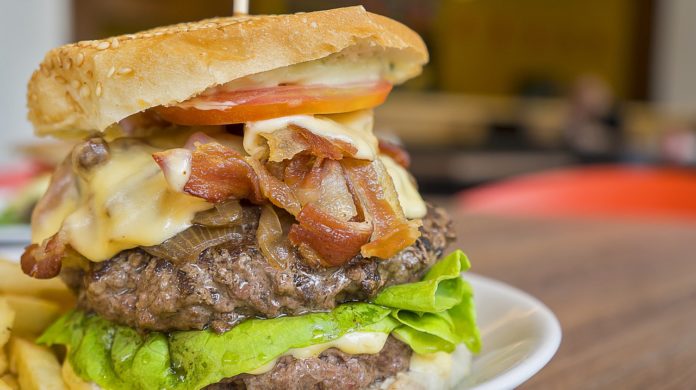New food portion size guide launched by British Nutrition Foundation could help in achieving balanced diet
If you have been bothered about food portions to eat for a regular balanced diet, this simple and practical food portion guide might come in handy.
Nutrition scientists from British Nutrition Foundation have devised a new way of measuring out food portions using your hands, thumbs, fists and simple utensils like tablespoon and glass rather than scales.
This guide helps one estimate appropriate portions of food while cooking and serving for average healthy adults, based on a daily calorie allowance of 2000 kcals.
If one uses the hand measures then portion sizes will vary with the size of your hands and so, generally, bigger people will automatically get bigger portions and smaller people will get smaller ones.
The guide takes into account foods from Mediterranean, vegetarian or vegan to a more traditional British diet involving non-vegetarian items.
This practical food guide was launched to stop people eating too much amid the obesity crisis as well as finding the right balanced diet
This food guide complements the NHS’ Eatwell Guide that provides guidance on the proportions of food items that make up a balanced diet.
According to the food guide the recommended food groups and portion sizes include :
* 1 Fruit and vegetables: 5+ portions per day
* 2 Starchy carbohydrates: 3-4 portions per day
* 3 Beans, pulses, fish, eggs, meat and other proteins: 2-3 portions per day
* 4 Dairy and alternatives: 2-3 portions per day
* 5 Unsaturated oils and spreads: small amounts
* Starchy carbohydrates: For main meals (more than 200 kcal) – 2 handfuls of dried plain pasta or uncooked rice is equivalent to the amount of cooked pasta or rice that would fit in two hands cupped together. A bunch of spaghetti the size of a £1 coin, measured using your finger and thumb. One large chapatti, two slices of thick bread or four small roasted potatoes can also be used for main meals. For light meals or breakfast (less than 200k cal) – three handful of flaked breakfast cereals or muesli, one and half porridge, two biscuits or a small chapatti can be added. Go for wholemeal versions where possible, and keep the skins on potatoes for that extra boost of fibre.
* Protein foods: A piece of grilled chicken breast or fish fillet about half the size of your hand or two eggs for main meals. For vegetarians – about six tablespoons of lentils, beans and other pulses. For a protein-rich snack, eat the amount of nuts and seeds that will fit into your palm.
* Dairy and alternatives: Half a glass of milk on cereal (125 ml) or a whole glass of skimmed milk (200 ml) if you’re drinking it. Three tablespoons of cottage cheese or four tablespoons of plain, low-fat yogurt are ideal. One tablespoon of peanut butter or a piece of cheddar cheese about the size of two thumbs together is an alternative.
* Fruits and vegetables: For fruits and vegetables one can have bigger portions of fruit and vegetables, as they’re mostly low in calories, provided there’s no fat or sugar added. Vegetable juices or smoothies only one portion a day, about a small glass of 150ml.
This practical food guide was launched to stop people eating too much amid the obesity crisis as well as finding the right balanced diet.


